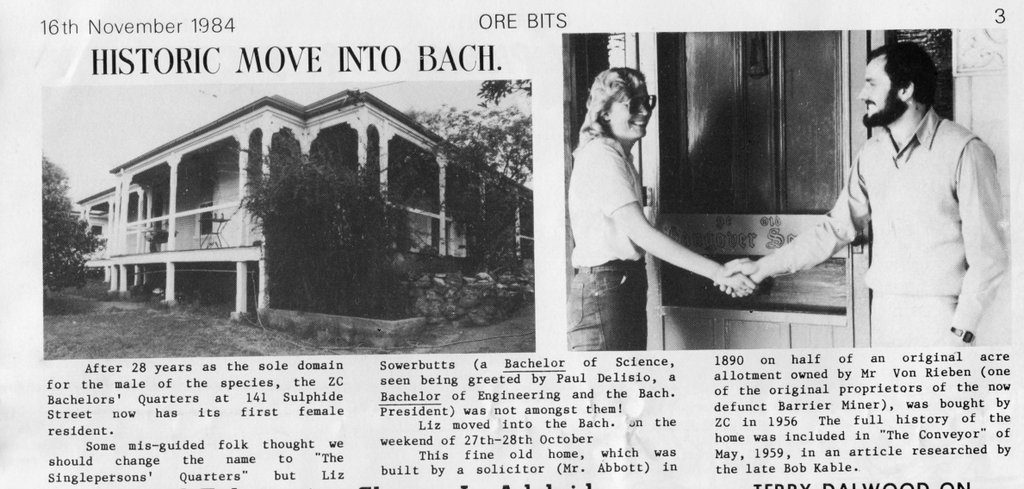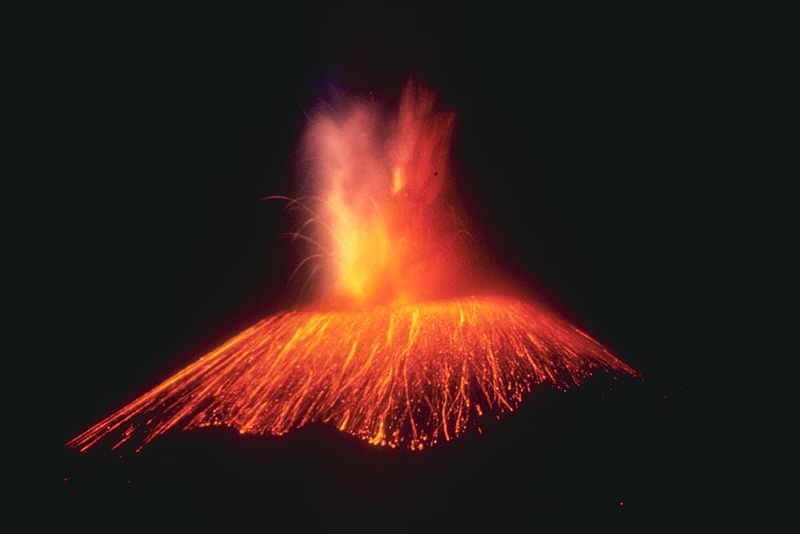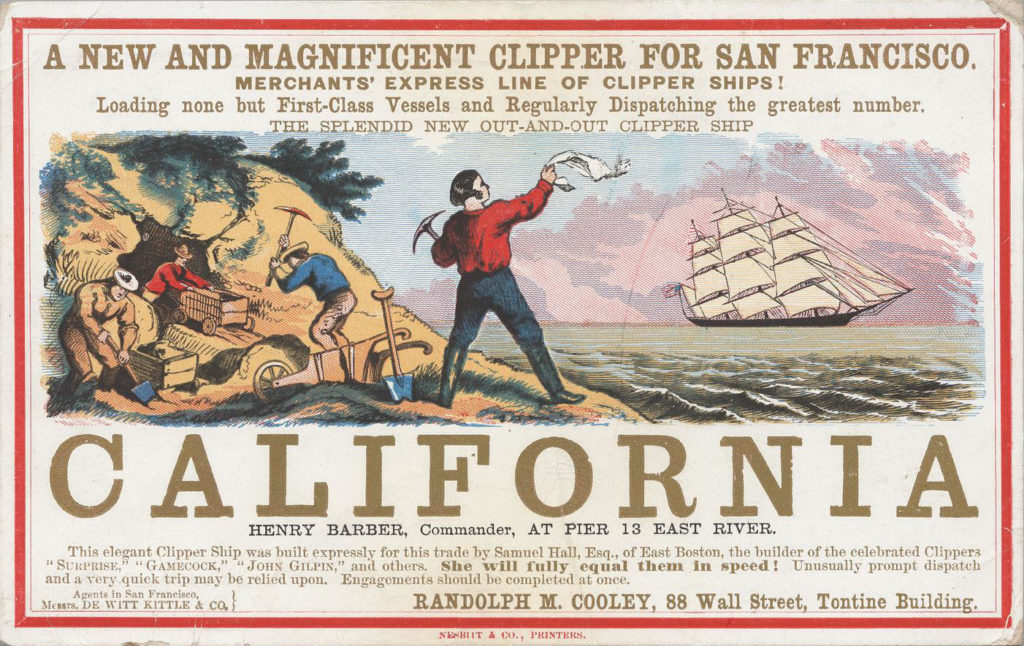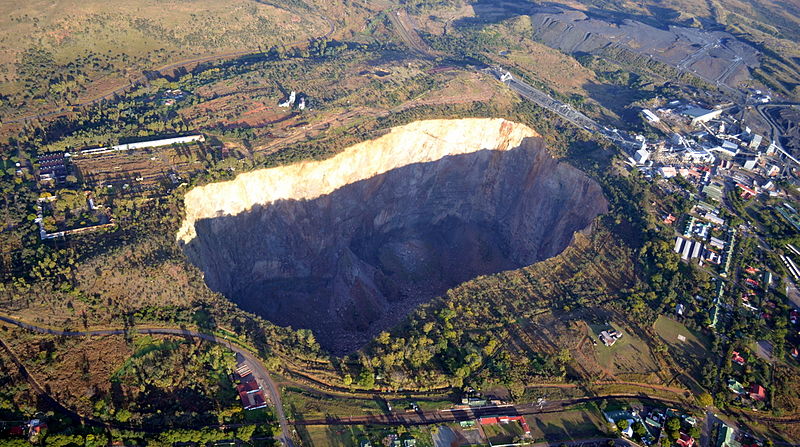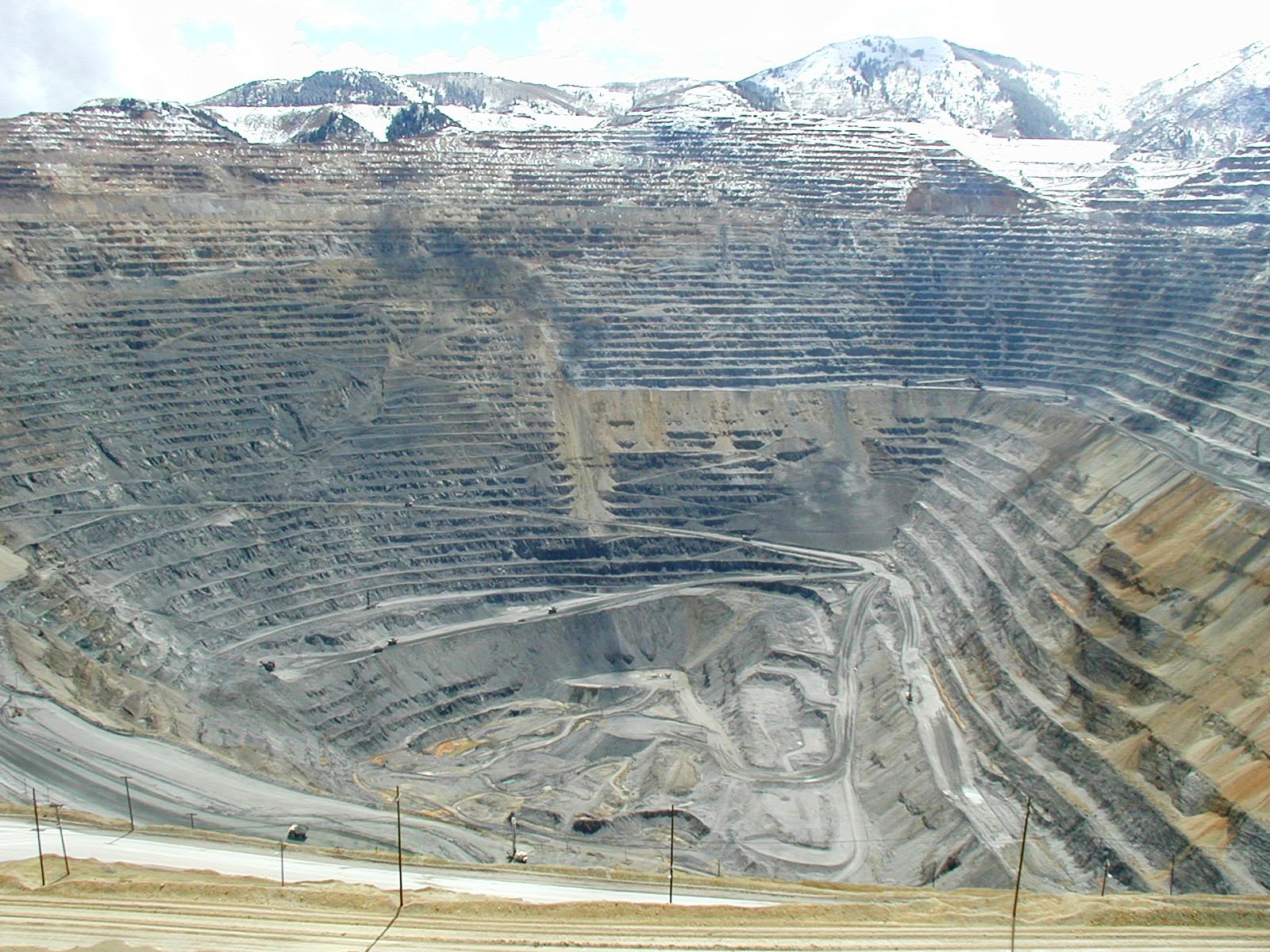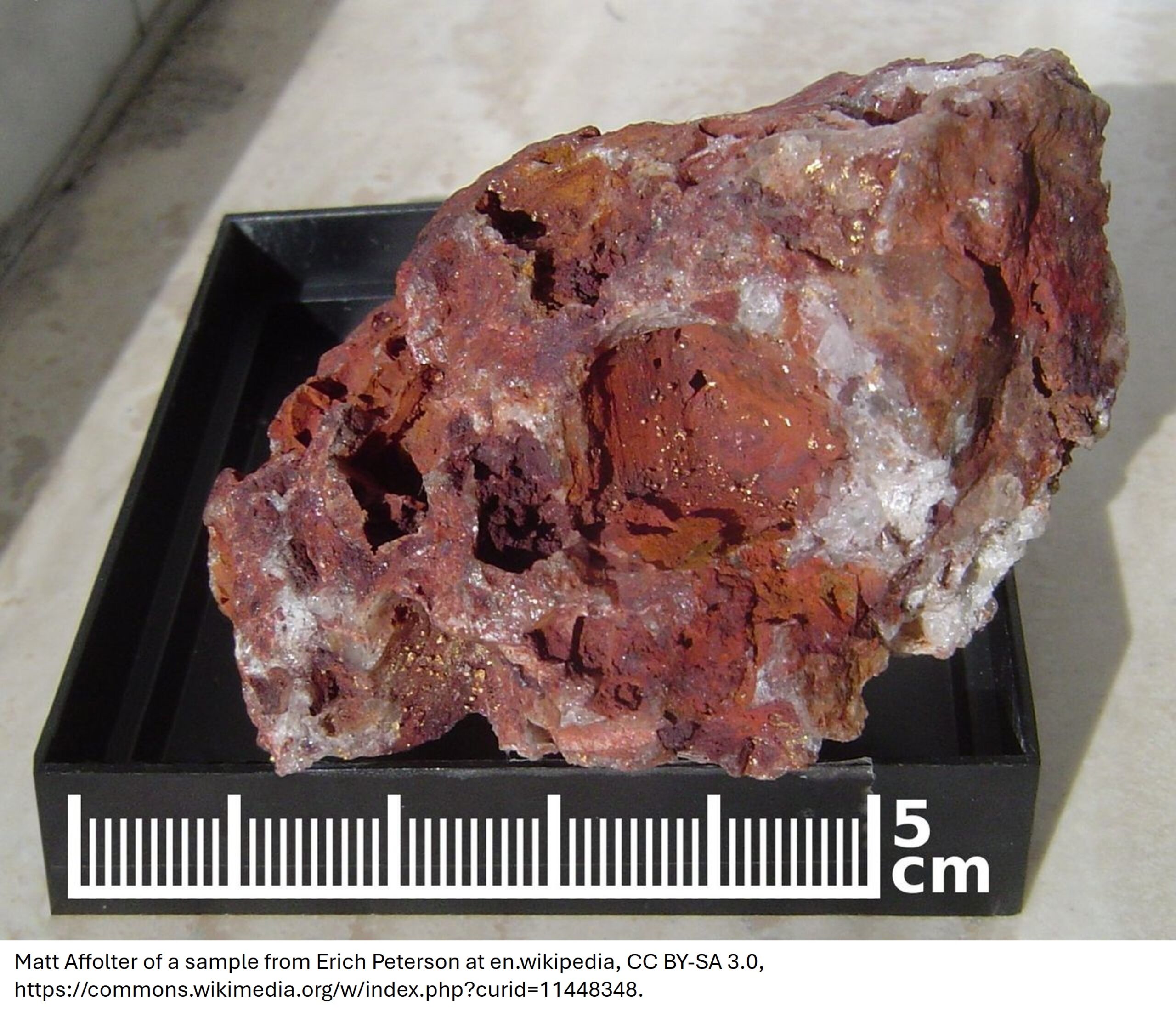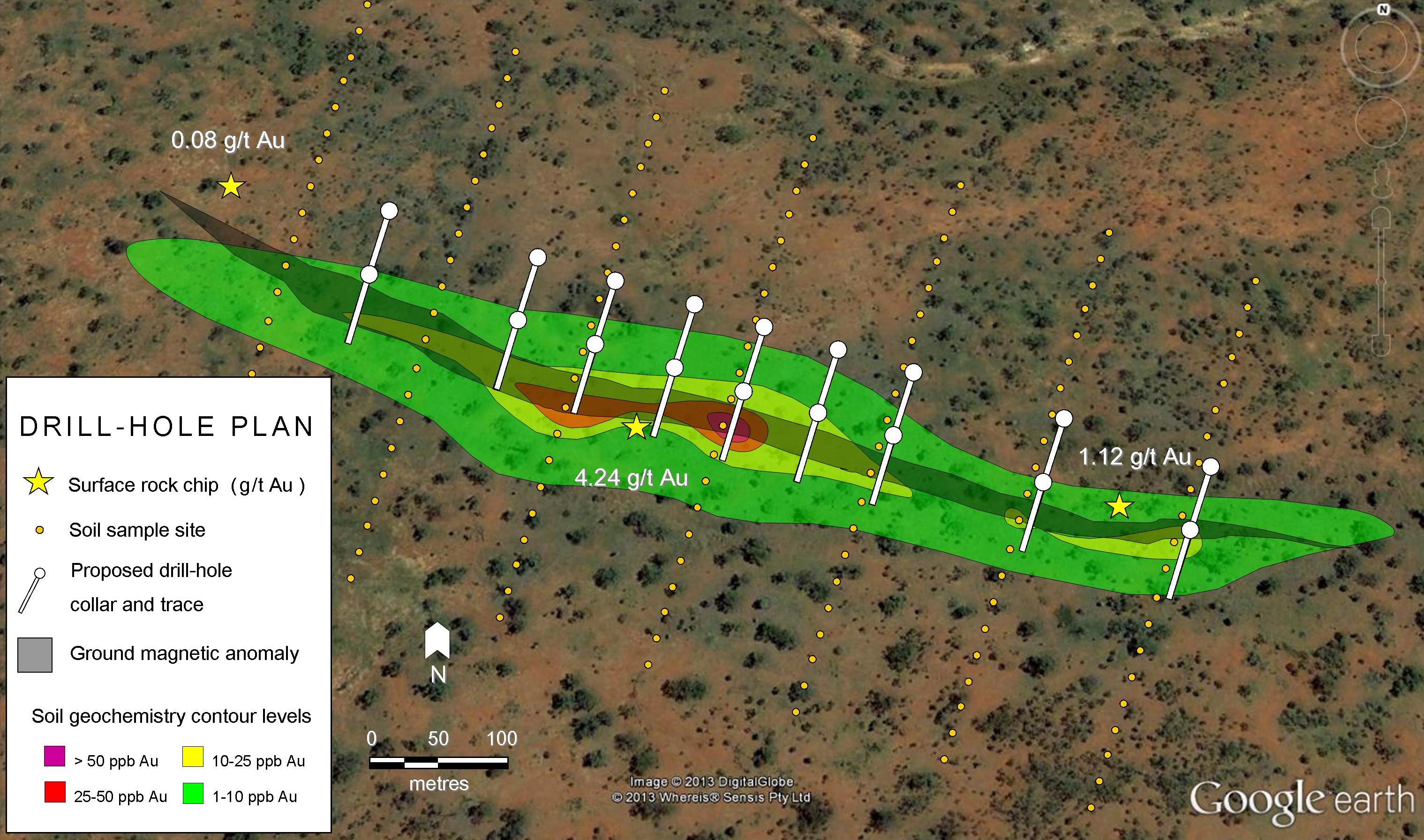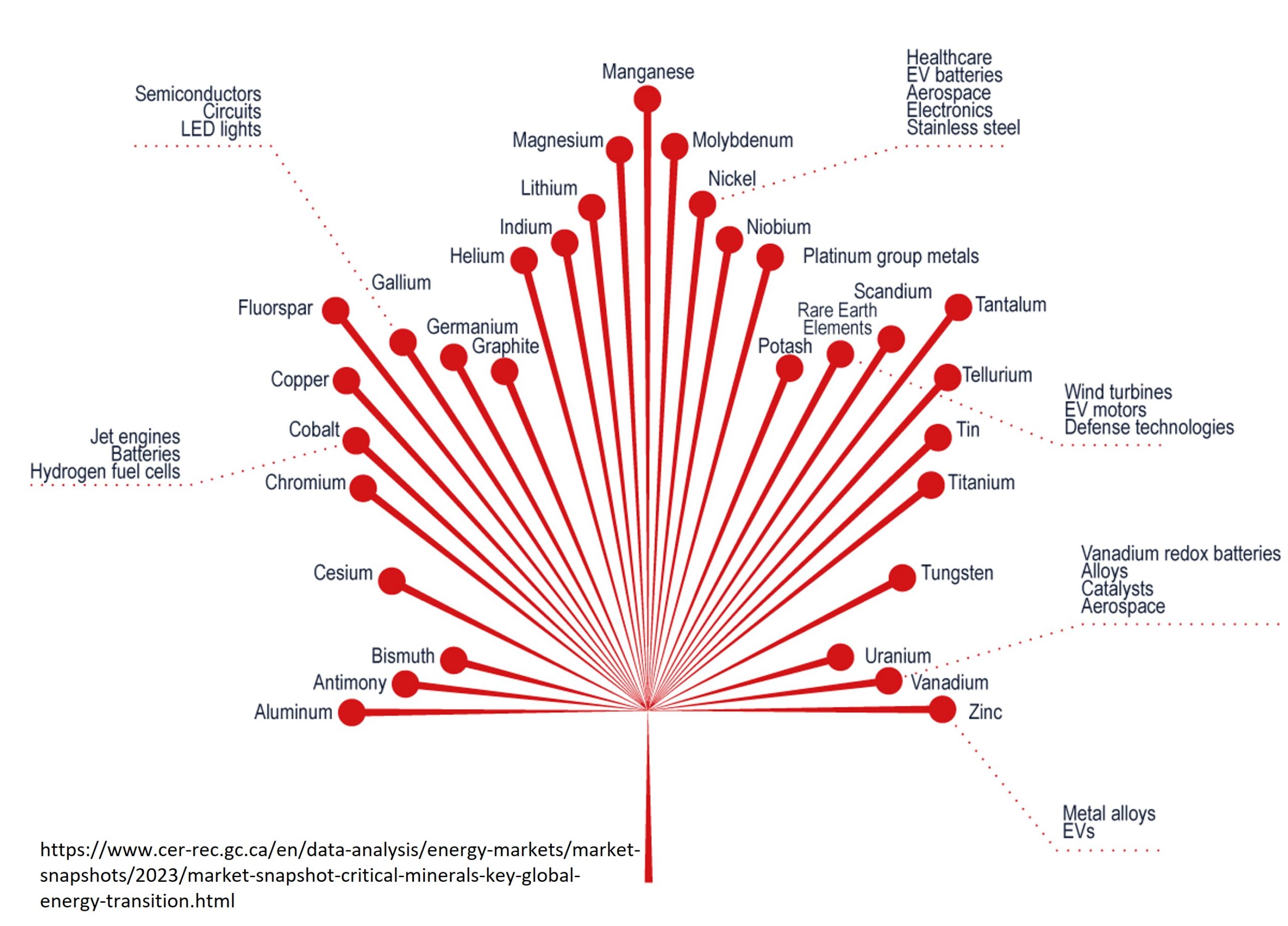The term ‘volcanic popcorn’ was coined in order to describe the volcanic rock named perlite. Early records include Charles Ballenger and Richard Dunlop using the term in 1954 and describing the material as ‘that wonderful volcanic popcorn’ in Popular Mechanics Magazine.
Perlite is a form of obsidian consisting of glassy globs, and is used in insulation and in plant growth media. When perlite ore is expanded by exposure to rapid, controlled heating, it grows up to 20 times its original volume and takes on a foam-like cellular internal structure.
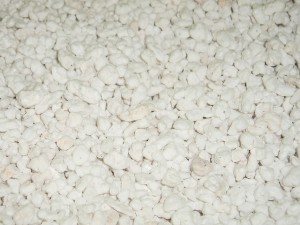
However, this humble insulator and soil additive is perhaps about to slash the cost of insulation in retrofitting insulation in buildings and revolutionizing the way we see wallpaper.
New research from Brunel University in London has explored the possibility of insulating homes with volcanic popcorn from the inside. Since Perlite-based panels less than 2cm (<1″) thick perform as well as 100mm (~4″) of solid foam, it is reasonable to imagine insulating wallpaper made of the stuff.
The use of perlite is not limited to the aforementioned applications. It is also used in construction and as a filtration aid and is used extensively as an alternative to diatomite. Perlite filters are fairly commonplace in filtering beer before it is bottled.
Small quantities of perlite are also used in foundries, cryogenic insulation, and in ceramics as a clay additive. It is also used by the explosives industry.
Recently, perlite usage has been dependent on the level on construction activity which can be correlated with economic conditions (this is the case with many industrial minerals – those minerals that are not metallic or energy related). Another source of how usage might be measured is the level of consumption of beer, wine and sugar; as these industries commonly use filtration-grade perlite.
According to the 2014 USGS Mineral Commodity Summary on Perlite, Greece is the world’s largest producer, with 800,000 tonnes (t) produced in 2013, and 50 Mt in reserves. 3 Mt was mined globally in 2013, but that could change with new applications being developed.
Perlite can be a low and high value material depending on the amount of value added. In 2015, perlite is fetching as low as US$75/tonne as construction materials and up to US$1,000 per tonne for high grade filter material.

